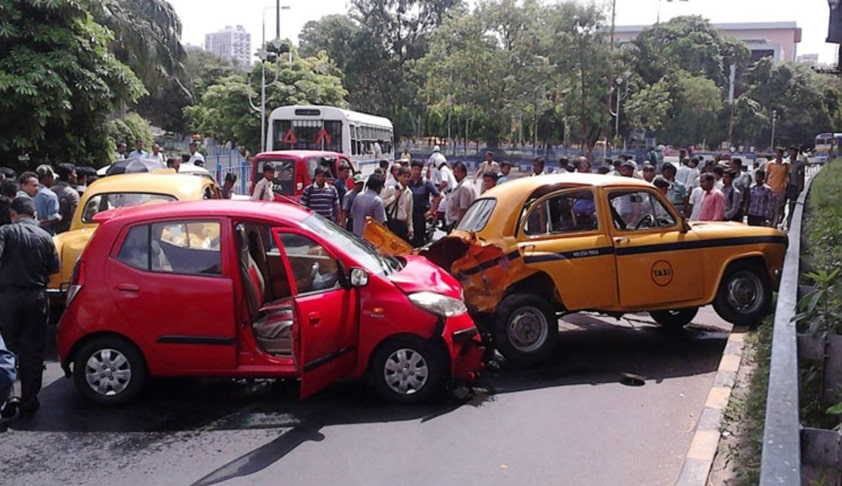Fatal Motor Accident Cases: Principles For Computing Compensation
Ragini Agarwal
25 July 2020 9:00 AM IST

Next Story
25 July 2020 9:00 AM IST
With over 1.5 lakh deaths annually in motor accident cases in India (as per the latest official records), it is not unsurprising that claims on account of compensation for motor accident deaths is one of the most disputed arenas of litigation in the Supreme Court. Time and again the Apex court has attempted to lay down a rule of thumb to grant compensation to ensure that...
